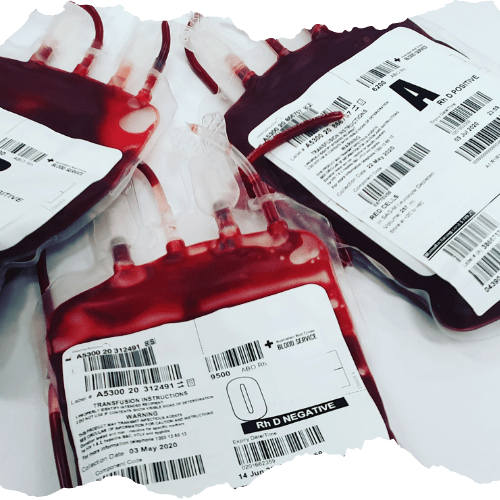Sub-Saharan African countries continue to struggle with chronic, year-round blood shortages, limiting their ability to support patients and deliver on the health-related Sustainable Development Goals (SDGs).
Most blood recipients in sub-Saharan African countries are children and women around the time of childbirth, so achieving the health-related SDGs depends on blood and blood product availability to reduce maternal mortality, end preventable deaths of newborn babies and children younger than 5 years, and achieve universal health coverage. Blood shortages in sub-Saharan Africa can have devastating consequences. An estimated 70% of 287 000 pregnancy-associated deaths in the world in 2020 occurred in sub-Saharan African countries, predominantly due to obstetric haemorrhage. Insufficient blood supply for transfusion contributes substantially to such maternal deaths in hospitals in sub-Saharan Africa.
Blood transfusions are also essential for managing sub-Saharan Africa’s high rates of traffic accidents and childhood anaemia, which is commonly due to infections such as malaria, helminthiasis, and haemoglobinopathies. Sub-Saharan Africa is home to more than 75% of the 300 000–400 000 babies born each year globally with sickle cell disease; blood shortages contribute to 50–90% of these children dying before their fifth birthday.
As health-care systems develop in sub-Saharan African countries, we can also expect increased blood needs for advanced cancer therapies, such as transplantation and cell therapy, organ transplant, dialysis, and cardiac surgeries.
The status of blood supply in sub-Saharan Africa: barriers and health impact – The Lancet

